Search results for:
Projects
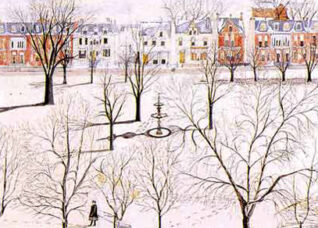 Clarence Square Revitalization
Clarence Square Revitalization
Clarence Square is one of the oldest remaining park spaces in the downtown core of Toronto. Established with a strong relationship to Wellington Street and complementary park space Victoria Square, it was originally designed as an important feature in an exclusive area of the city. The park became a largely neglected space when the rail yards and industrial warehouses inhabited...
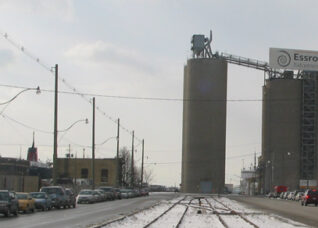 Commissioner’s Park
Commissioner’s Park
ERA served as heritage and cultural planning consultant for the conceptual park designs for Commissioners Park, the first regional, urban park planned for a reinvigorated and redeveloped Portlands. ERA worked closely with the prime consultant, Envision the Hough Group and with Claude Cormier landscape architects of Montreal. The team worked to develop schemes that demonstrate a strong and memorable identity,...
 Cultural Facilities Database
Cultural Facilities Database
Cultural facilities are a tangible representation of Toronto’s past, present and future potential to serve the cultural needs of diverse communities. In the downtown, cultural facilities such as theatres, galleries, museums, cinemas and outdoor stages have redefined and re-energized districts such as the Entertainment District along King Street or gallery districts along Spadina Avenue and Queen Street West. Outside the...
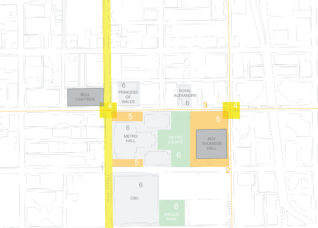 Cultural Institutions in the Public Realm Study
Cultural Institutions in the Public Realm Study
With the renewal of many of Toronto’s great cultural institutions, the next phase of great city building effort will focus on the public spaces that surround them. Under the direction of Mayor Miller’s “Vision 2010”, the City of Toronto, as custodian of the public realm, will be taking steps to promote the opportunities presented by its cultural buildings to achieve...
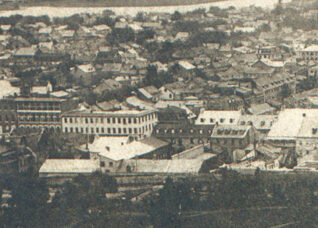 Lowertown West Heritage Conservation District Study
Lowertown West Heritage Conservation District Study
Lowertown was first laid out by Colonel By in connection with the construction of the Rideau Canal in the 1820s. Lowertown was shaped by French-Canadian and Irish immigrants that settled in the area. This population and its relationship to the surrounding urban landscape played a large role in the development of the area’s historic urban form. ERA was the Heritage...
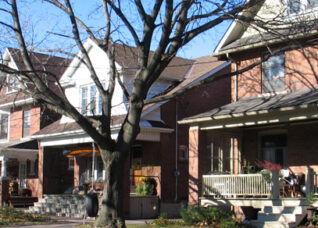 Lyall Avenue Heritage Conservation District
Lyall Avenue Heritage Conservation District
Laid out as part of the historic Village of East Toronto in the 1880s, Lyall Avenue is a good example of the early development patterns that created Toronto’s diverse neighbourhoods and represent Toronto’s rich urban heritage. ERA worked with Lyall Avenue residents to complete a Heritage Conservation District Plan to recognize and maintain the valued character of this mature Toronto...
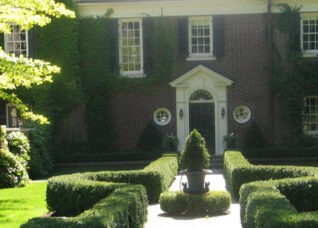 North Rosedale Heritage Conservation District Study
North Rosedale Heritage Conservation District Study
Inspired by the City Beautiful Movement, Harton Walker’s 1908 North Rosedale subdivision plan created a neighbourhood of sweeping, tree-lined streets. North Rosedale’s secluded park setting became popular among the City’s elite and came to be the site of homes designed by such distinguished Toronto architects as Eden Smith, John Lyle and Alfred Chapman. ERA served as the heritage consultant for...
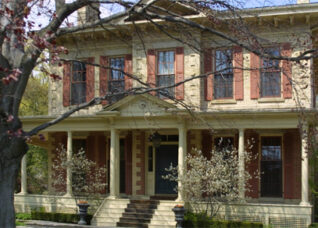 South Rosedale Heritage Conservation District Study
South Rosedale Heritage Conservation District Study
South Rosedale is a unique neighbourhood in the City of Toronto. Originally part of the Village of Yorkville, it was one of the first few suburban developments north of the city. The residential community has a clearly discernable character as a picturesque suburb with varied architectural styles dating back to the mid 1800s. ERA completed a heritage conservation district study...
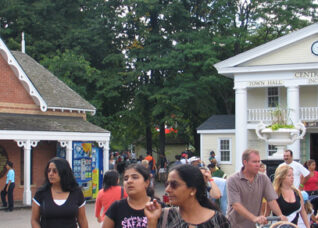 Toronto Island Heritage Conservation District Study
Toronto Island Heritage Conservation District Study
Toronto Island represents one of Toronto’s most important cultural heritage landscapes. Throughout its history the Island has played many roles in the social, economic, and cultural development of Toronto. From residences and resorts, to public parklands and military service, the nature of Toronto Island’s character lies in a history of diverse uses. ERA worked with the Toronto Island Community Association...
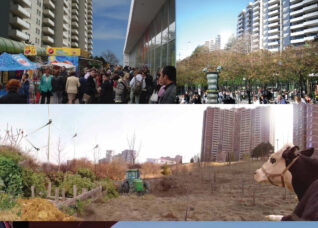 The Tower Renewal Project
The Tower Renewal Project
Tower Renewal is a strategy for the revitalization of Canada’s aging postwar apartment neighbourhoods as part of achieving sustainable, equitable, and prosperous cities and regions. Supported by government policy and incentives, hundreds of thousands of units of apartment block housing were built in the postwar years throughout the country. Today, this housing accounts for the majority of purpose built rental...
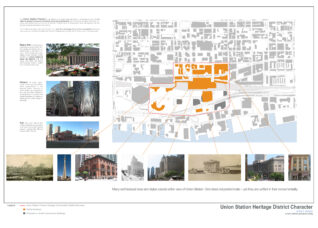 Union Station Heritage Conservation District
Union Station Heritage Conservation District
Since its construction in 1929, Union Station has held a prominent role in the urban landscape of Toronto. The grand civic architecture of Union Station and its Front Street neighbours anchors a precinct that represents many periods of Toronto development. ERA was retained by the City of Toronto to conduct a Heritage Conservation District Study as part of a comprehensive...
 Waterfront Heritage and Cultural Infrastructure Plan
Waterfront Heritage and Cultural Infrastructure Plan
This Plan established a vision that included culture and heritage as essential components of future private and public investment in Toronto’s revitalized waterfront. Prepared for the City of Toronto, this plan suggests a rationale for development that includes a focus on public life, the people and the lived experience of the city. The vision of a revitalized waterfront includes a...